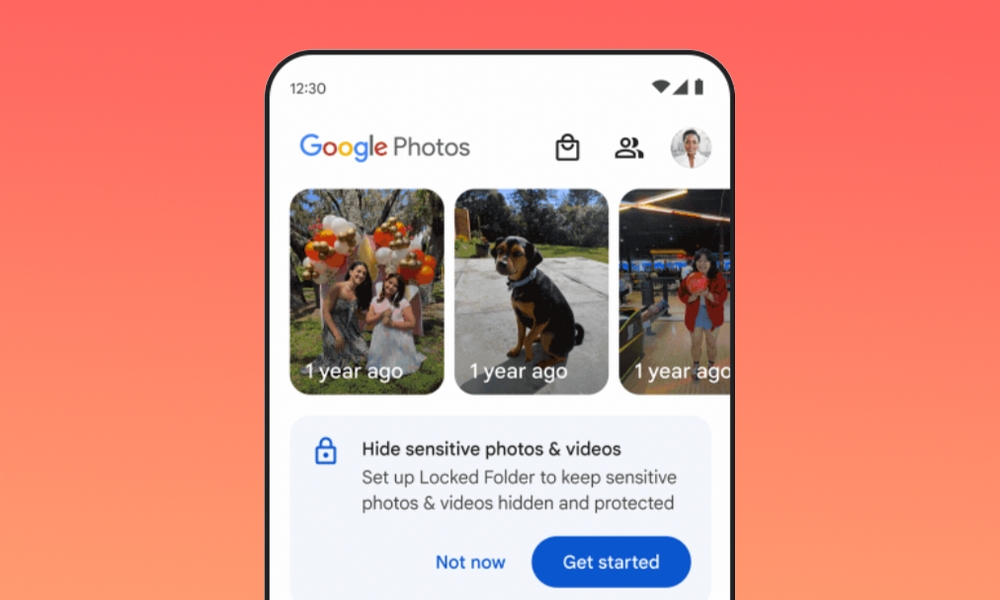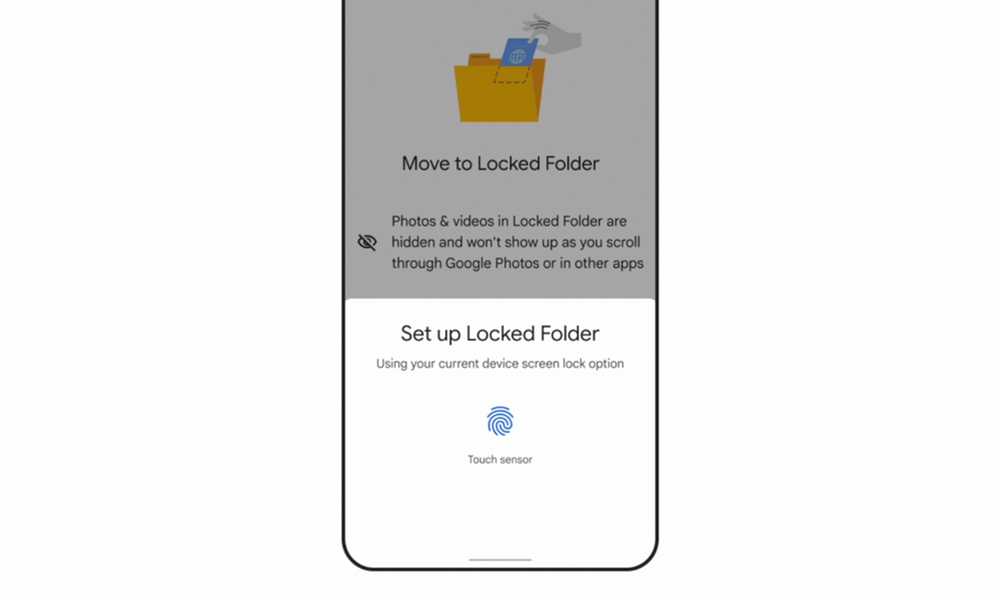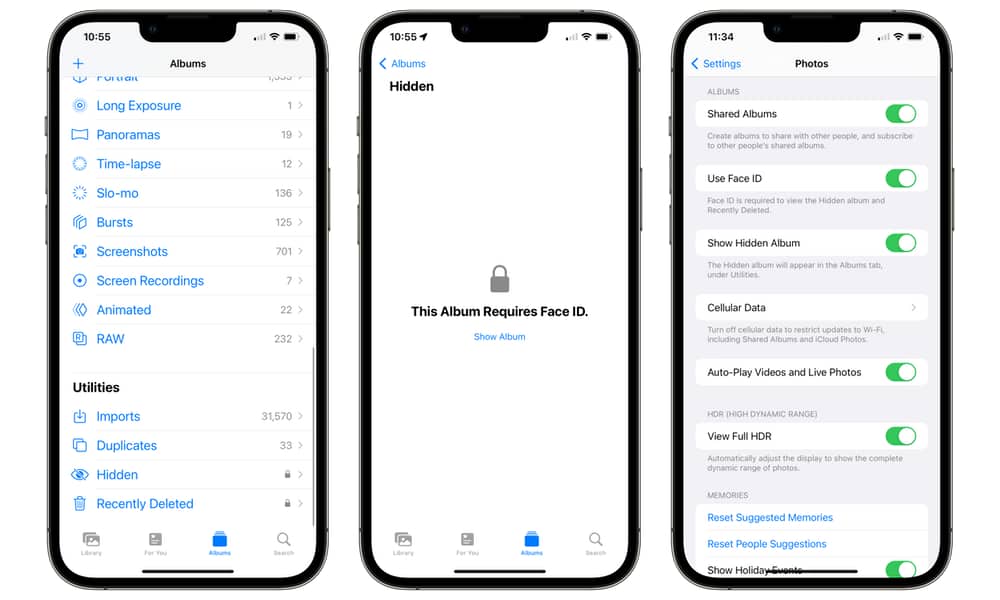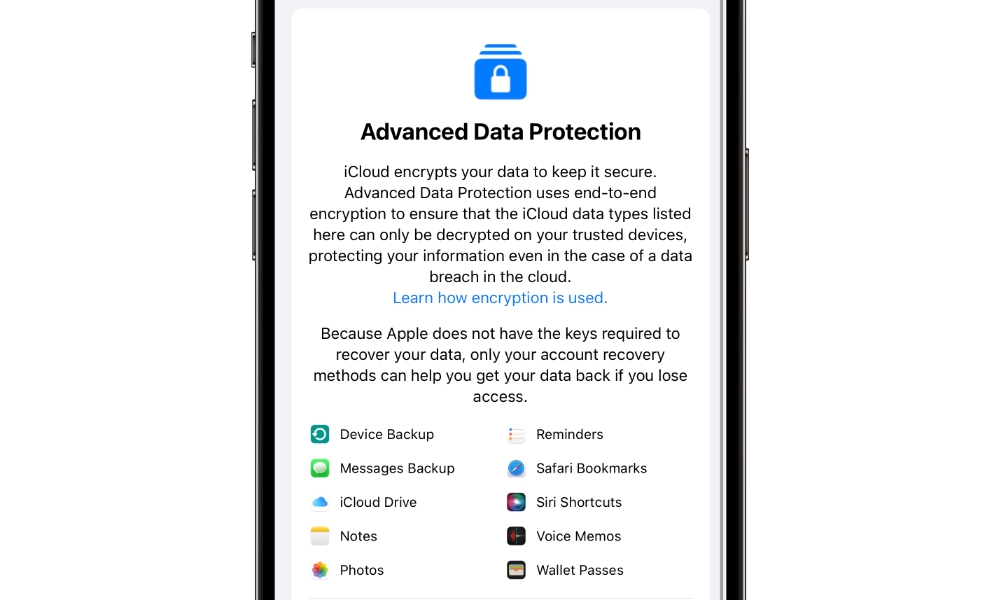Google Photos Follows iCloud in Adding ‘Locked Folders’ for Your Private Pics
 Credit: Google
Credit: Google
Toggle Dark Mode
One of the challenges that fans of Google Photos face on the iPhone is that the service’s best features often come to Android devices first — and sometimes even exclusively to Google’s own Pixel phones. Fortunately, the best of these usually make it to Google Photos for iOS — eventually.
Such was the case with Google’s Magic Eraser, and now another handy feature is making its way over from the Android side for iPhone users to enjoy.
A little over two years ago, Google launched a Locked Folder feature to help folks protect their most sensitive photos against snooping eyes. After initially coming to the Pixel, it eventually rolled out to other Android devices but remained conspicuously absent in the iPhone and iPad versions of the app.
To be fair, part of the reason for this was Google’s desire to protect user privacy; private photos secured in the Locked Folder were stored only locally rather than being synced to Google Photos in the cloud. While that shouldn’t have precluded the introduction of a similar feature in the iPhone app, it ruled out support for Locked Folder on the web.
However, that’s changing now that Google seems to have built a way to securely encrypt private photos in the cloud-based Google Photos. This week, the company announced that users’ Locked Folders can now be backed up to the web and accessed with their passcode from any web browser or Google Photos for the iPhone and iPad.
Backing up your Locked Folder to Google Photos in the cloud is still an opt-in feature; users can choose to keep their sensitive photos stored only locally, although it’s unclear if these will be included in any backups made to your computer or iCloud. However, Google assures that users who do choose to avail themselves of the new backup feature can be confident that their photos will be stored securely.
In a statement to The Verge, Google spokesperson Michael Marconi confirmed that the company “protect[s] this data with multiple layers of security, including leading encryption technology like HTTPS and encryption at rest.” However, Google doesn’t say whether it’s using the kind of end-to-end encryption that would prevent Google itself from being able to view those photos.
Photos and videos saved in the Locked Folder will remain private and excluded from the photo grid, Memories, albums, and searches. In that respect, the Locked Folder is similar to Apple’s “Hidden” folder in iCloud Photos.
Google Photos Locked Folder vs. iCloud Hidden Photos
Apple has offered a hidden folder since iCloud Photos debuted nearly ten years ago, although it only recently added extra security to it in iOS 16, requiring Face ID or Touch ID to access not only those photos that you’ve marked as hidden but also anything in your “Recently Deleted” album. Before that, hidden photos were excluded from your timeline, searches, and albums (in later iOS versions) but could still be viewed by anybody with access to your unlocked iPhone or iPad.
The hidden folder in Apple’s Photos app also syncs to iCloud Photos for anybody who has that feature enabled. Unlike Google’s Locked Folder, there’s no way to exclude this. However, as of iOS 16.2, you can now take advantage of Apple’s Advanced Data Protection, which provides full end-to-end encryption of nearly all your data stored in iCloud, including your entire iCloud Photo library. This means that, unlike Google Photos, everything is encrypted in iCloud Photos, not just those images you’ve chosen to hide.
While that’s a relatively recent development — and you still have to turn it on manually if you want to use it — Apple can offer this level of security because it’s always treated your iCloud Photos with a strong focus on privacy.
For instance, Google Photos still performs all photographic analysis using its cloud servers. This includes face and object recognition, smart albums, and memories. This means that Google’s servers need to be able to see your photos to perform this analysis. End-to-end encryption would make that impossible.
By contrast, when Apple added face and object recognition in iOS 10, it took the groundbreaking step of using its own silicon — the A-series chips in the iPhone and iPad — to perform all that analysis directly on your device. In the early days, the privacy focus was so strong that facial recognition information didn’t even sync to iCloud; while your iPhone, iPad, and Mac could each build their own facial recognition databases, you’d have to tag the people separately on each of your devices.
While those labels sync through iCloud now, Apple uses the minimum amount of information necessary to do this; the actual database of information found in your photos never leaves your device. That’s why you can’t search for faces or objects in iCloud Photos on the web.
Since photos in Google’s Locked Folder don’t form part of searches, memories, smart albums, or other features, it’s safe to say that Google won’t be running the same machine-learning algorithms on these photos, which should allow it to offer a higher level of security. Sadly, while Google’s security infrastructure is undoubtedly top-notch, the lack of end-to-end encryption still allows for the occasional gaffe that could expose users’ photos. This is something that’s nearly impossible with iCloud Photos using Advanced Data Protection since the keys to unlock your photos exist only on your personal devices — not on Apple’s servers.









